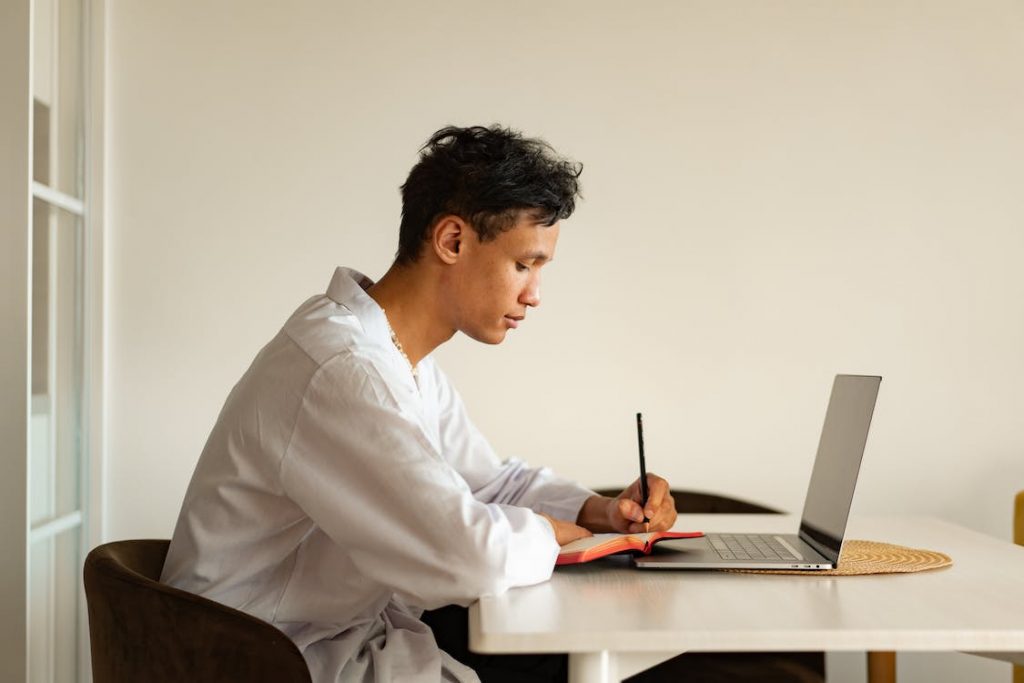Self-plagiarism may seem like a weird concept to those unfamiliar with it. It involves using your own previously published work in a new context without proper citation. For example, if someone writes a magazine article and then later uses parts of that article in a book without proper attribution, they are committing self-plagiarism.
While technology has made it easier for educational institutions to detect self-plagiarism, understanding how to properly use and cite your own previous work is crucial for academic integrity and can even enhance your learning experience.

Self-plagiarism in academia
This article seeks to offer a complete look at self-plagiarism within academia. By covering topics going from its definition and real-world consequences to detection methods and best practices, we hope to guide students in maintaining academic integrity. The table above outlines the key sections, each designed to provide valuable insights into different aspects of this complex issue.
| Section | Description |
| Definition and context | Explains what self-plagiarism is and its majority in educational settings. • Includes examples like offering the same paper to two different classes. |
| Consequences | Discusses why self-plagiarism can negatively affect a student’s educational experience. |
| Detection methods | Outlining how teachers and institutions discover examples of self-plagiarism. • Use of technology: Platforms like Plag allow teachers to upload student papers and scan for similarities to other submitted works. |
| Best practices | Providing guidelines on how to use your own work responsibly. • Always cite your previous work when reusing it in a new context. • Consult your instructors before resubmitting previous academic work. |
By understanding these factors, you can navigate the ethical complexities of self-plagiarism and keep your academic integrity.
Correct use of your past works
It’s acceptable to use your own work multiple times, but proper citation is essential. For instance, in the case of reusing parts of a magazine article in a book, the writer should formally cite the original source. In academia, students can guide to their older papers for new assignments or use the same research, provided they cite it correctly; this won’t be considered plagiarism.
Moreover, some instructors may allow you to present a paper previously used in another course, provided that you make significant edits and improvements. To ensure you’re following guidelines, always consult with your teachers before resubmitting work, as your grade may be affected.

Conclusion
| Understanding and avoiding self-plagiarism is crucial for maintaining academic integrity. Technology has made detection easier, but the responsibility stays on students to properly cite their own previous work. Following best practices not only safeguards your academic reputation but also improves your educational experience. Always consult with your instructors before reusing past work to confirm you’re on the right path. |
